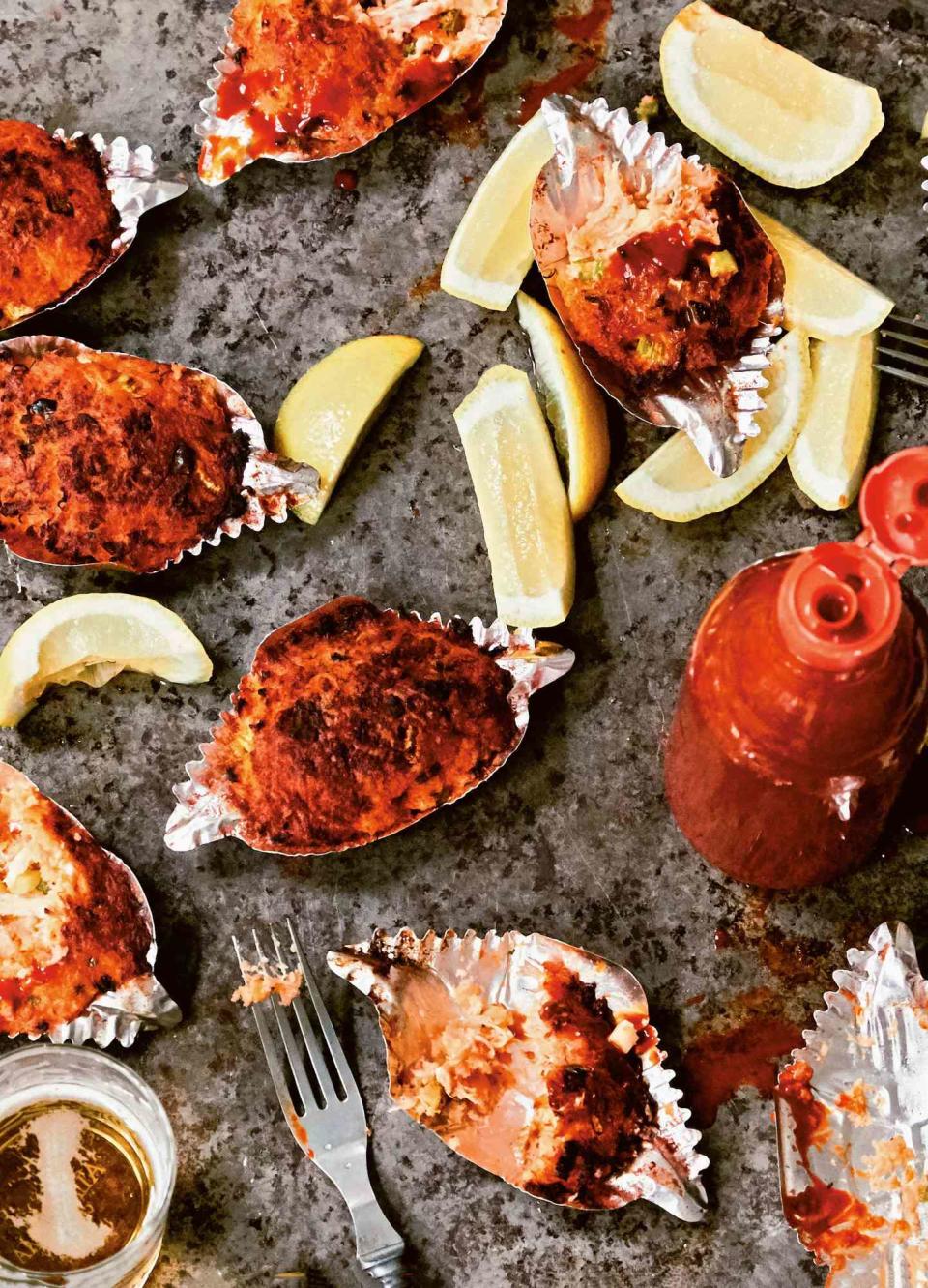What Makes Daufuskie Deviled Crab So Delicious?
It's more than the spices.

Sallie Ann Robinson doesn't mind discussing Daufuskie Deviled Crab, on one condition. She simply won't share her methods, passed down from generations of Gullah family members.
"I'll talk as long as they don't want the recipe, because I don't give that up," she told Southern Living.
Daufuskie is a special place. An island only accessible by water, it’s off the coast of Hilton Head, South Carolina. A ferry take tourists to visit. Simply embarking on the shore gives travelers a sense of a slower, unplugged life. The calm is contagious.
Home to around 400 full-time residents, Daufuskie was once populated by former enslaved people that bought property after the Civil War. These families made a living by logging, farming, and harvesting seafood. Mostly isolated on the islands on the coast of Georgia and South Carolina, they developed their own African Creole language and customs, referred to as Gullah.
When the jobs left the island, many had to move to the mainland to find work. Present day Daufuskie still has Gullah homes, cemeteries, and a few residents, like sixth generation islander Sallie Ann.
She's a born storyteller with the published books to prove it, as well as a talented chef that’s hosted events everywhere from her Daufuskie table to the Smithsonian. She’s cooked for Food Network, the Travel Channel, and Georgia Public Broadcasting. With a well of limitless energy, Sallie Ann’s devoted her life to spreading Gullah culture on Daufuskie and beyond.
The island is in her blood and influences every dish she creates. The secret to Daufuskie’s famous deviled crab is no different. "It’s the crab," she says. "I make orders, but they need to be fresh. It's about the freshness of the blue crab meat."
Sallie remembered harvesting crabs as a child, a little piece of chicken tied to a throw line made of string. It took patience and skill to reel in the crab without alerting it to danger, careful to get behind it for the scoop out of the water so that it couldn't run away.
That crab was boiled and the meat picked from the shell. If you've never picked a crab, it can be take a long time to finish, full of tiny cuts and frustration to yield a small amount of reward. The experienced hands of Sallie Ann's family always made short work of the job to make deviled crab to sell or eat for dinner.
The original idea for Daufuskie Deviled Crab came from ladies selling lunch to the loggers and seafood processors. "Back then, folks used to hustle and find means to make money. Selling food was one of them," Sallie remembers.
One enterprising woman made a mixture of breadcrumbs, spices, and crab and stuffed a discarded shell. After cooking, the satisfying entree was named "deviled" because of the hot spices used.
The water around Daufuskie Island is brackish in color. On stormy days, it churns into whitecaps, even in the river, that push up that salt-filled, briny air. All those mineral and salt that fill the water give all the fresh seafood a special taste. It’s almost sweet.
That's the inspiration for many coastal cooks and the push behind Sallie Ann's recipes: She never tastes seafood as delicious as Daufuskie’s, not matter where she travels.
If you visit the Lowcountry, you can find original Daufuskie Deviled Crab on the island in several spots. If you want Sallie's, she’s available with some advance notice as a personal chef. Time moves slower on island, but it's worth it.
For more Southern Living news, make sure to sign up for our newsletter!
Read the original article on Southern Living.

